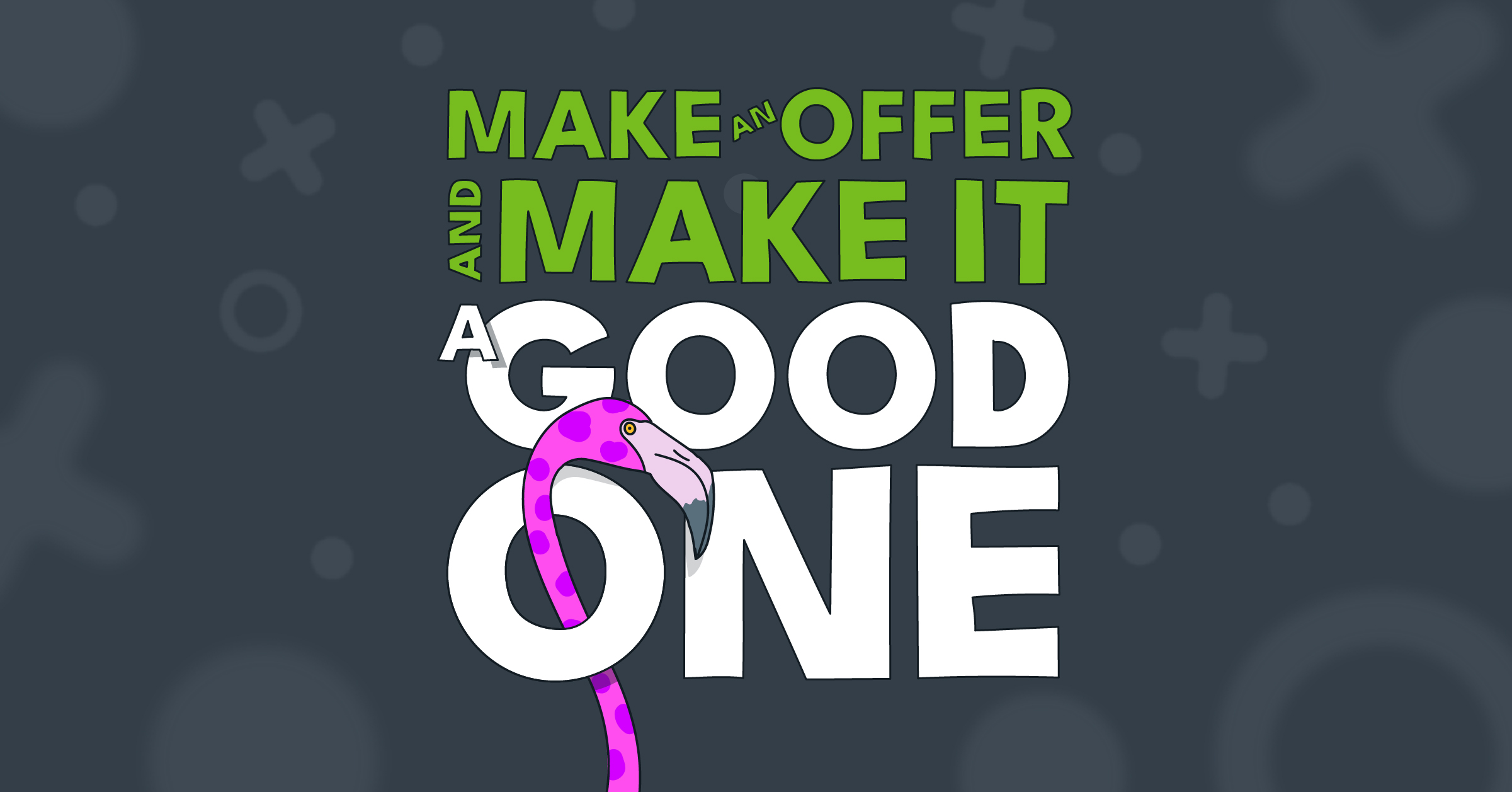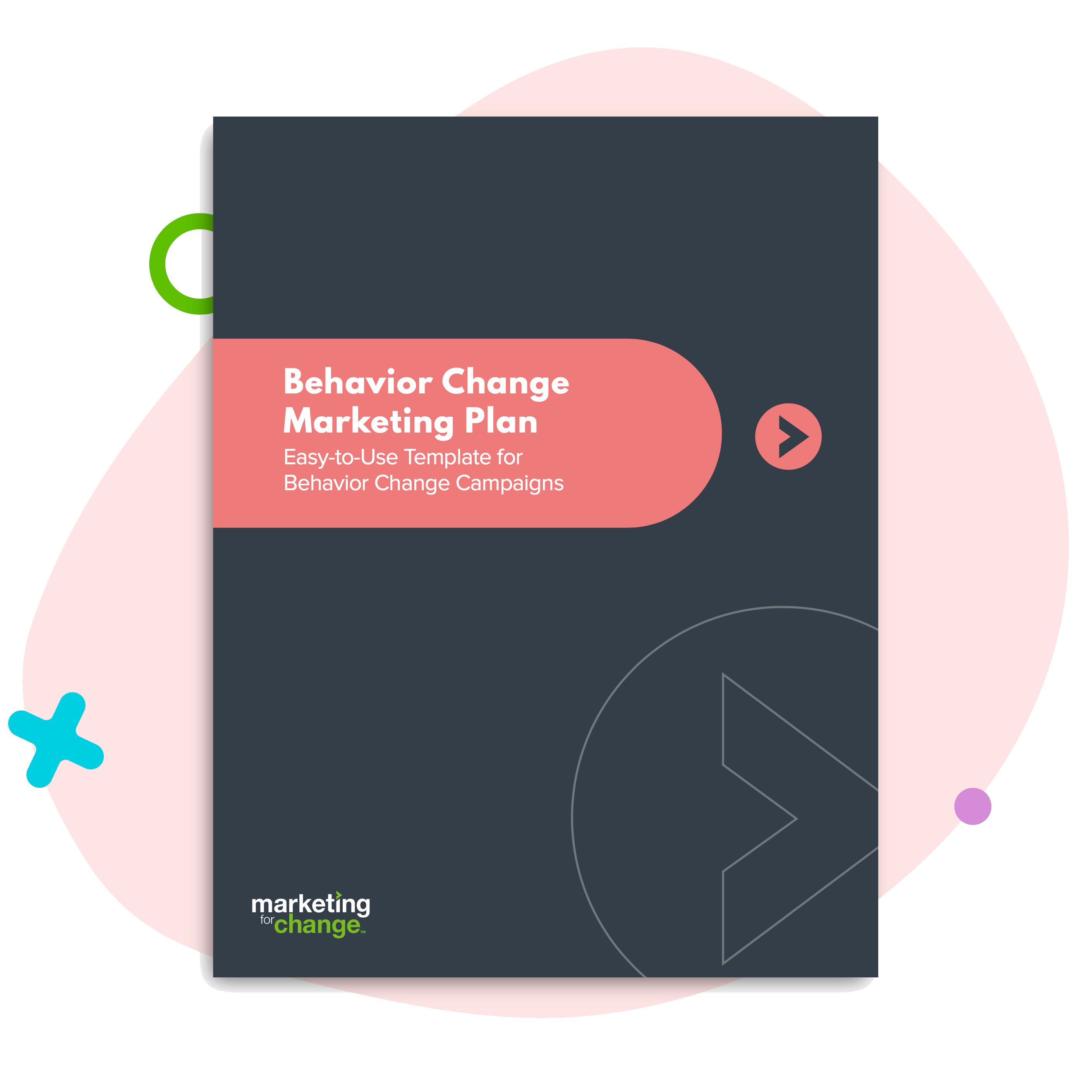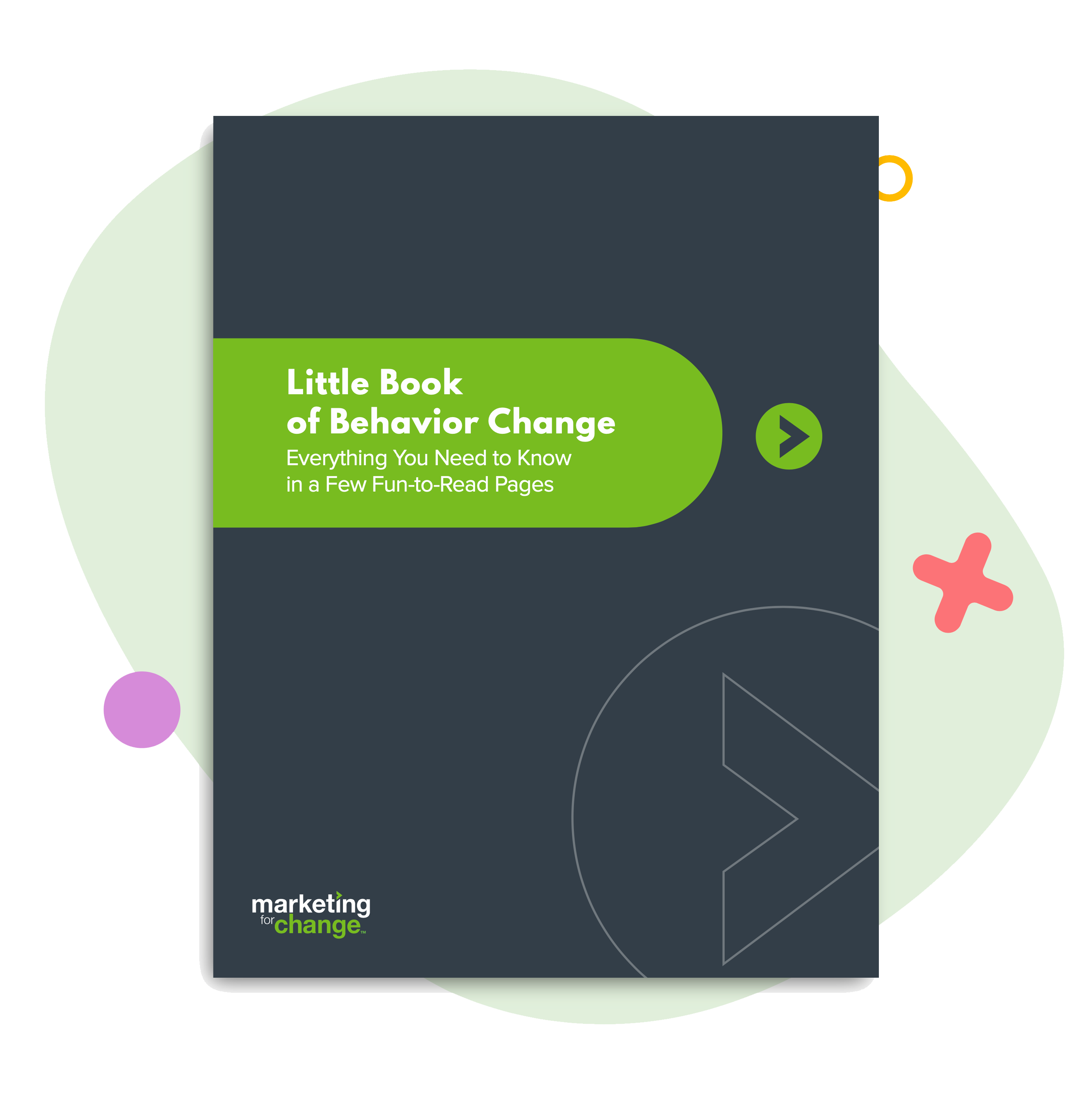
3 Reasons Why You Should Be Using Influencers to Change Behavior
What image comes to mind when you think of an influencer? For a lot of us, it’s a model on a tropical island toting sunscreen or an athlete donning newly released Nikes. But in 2021, being an influencer is less about follower count and more about authenticity (say hello to the micro influencer). In fact, both Gen Z and Millennials are more likely to trust a content creator than a traditional celebrity. And when you’re trying to change behaviors, sometimes your most effective tactic can be a trusted voice.
Here are three reasons why you need to be tapping into the nearly $15 billion influencer marketing industry for your behavior change campaigns and how to make it happen.
The right influencer can help norm a target behavior.
With micro influencers leading the charge, influencer marketing has never been more affordable or highly targeted. And for change agents in the business of selling behaviors, using influencers or content creators that your audience can relate to helps build stronger norms around what you are asking them to do.
In a recent study for The Arcora Foundation’s Mighty Mouth initiative, we heard from our target audience of new moms that they knew the importance of taking care of their kids’ teeth but needed ways to make it easier. We also heard that these moms had a fondness for snooping — they enjoyed seeing how other moms were parenting. For the campaign, we tapped real moms to film videos on their phones discussing behavioral hacks they actually use to make oral health habits easier for themselves and their kids.
The videos ran as ads on social media platforms, garnering tons of comments from moms sharing personal experiences and triumphs about their child’s own oral health habits. By delivering key messages through a personality that our target audience could trust, feel understood by, and even see themselves in, we were able to create even stronger norms around our behaviors.

Influencers are pandemic-proof.
If I had to point to one good thing that came out of this pandemic, it’s that we all had to get a little creative. For those of us in the business of behavior change — like other marketers — we definitely felt the pressure to shift our campaigns to make sure they stayed relevant during the unprecedented year. This is also the case for the influencer marketing industry, which had to learn to adapt in a few different ways.
Take our Art and Creative Materials Institute (ACMI) campaign as an example. In an effort to bring meaning to ACMI’s safety seals on art materials, we tapped art educators to create lesson plans and tutorial style videos (think the oh-so-popular Tasty cooking videos) that enticed our target audience of educators into consuming key messages.
With schools operating a million different ways, we positioned the influencer’s art projects and lesson plans as something teachers could use no matter what their school year looked like. By having the influencers highlight that fact in their content, we were able to create some empathy around the experience of teaching during a pandemic and give teachers one less thing to think about.
Effective (and cost-efficient) content creation.
Remember when COVID-19 first hit and all the commercials you saw were filmed on phones? Ultra-produced, high-fidelity advertising content felt out of place because we knew how unlikely it was for film crews and actors to be gathering. In comes your new queen of creative: user-generated content (UGC).
UGC takes less budget, less staff, less time, and is ultra-engaging, especially on social, because it’s nearly impossible to tell the difference between a UGC ad and content users are consuming organically.
By tapping social media content creators to produce UGC for use in paid campaigns on various social platforms, we’re flipping the expert-driven, top-down approach on its head, harnessing peers to share key messages like two friends chatting over FaceTime.
Some simple ways to find the right influencer:
- Find an influencer who fits your brand and your goals. Pay attention to their past posts, their stories, and their page highlights. Make sure their content aligns with your own, and that your post can easily mesh with their aesthetic.
- Pay less attention to follower count and more to engagement. It matters less that they have 100K followers if only 1% are going to engage with (and in turn, recall) your co-branded post. Typically, the fewer followers an influencer has, the higher the engagement, and the less you’ll be paying per post.
- Think through your channels. Does your message require more context? Go with YouTube. It’s effective for longer form content because it remains searchable, and can therefore be optimized using search-engine optimization. If your message can be supported by shorter-form, more visual content like a still image or a GIF, go for Facebook and Instagram, which has the really cool branded content feature. Got the space to be adventurous and have some real fun? Give TikTok a shot, and please report back on how it went.
Erin West is a Marketing Specialist at Marketing for Change.






